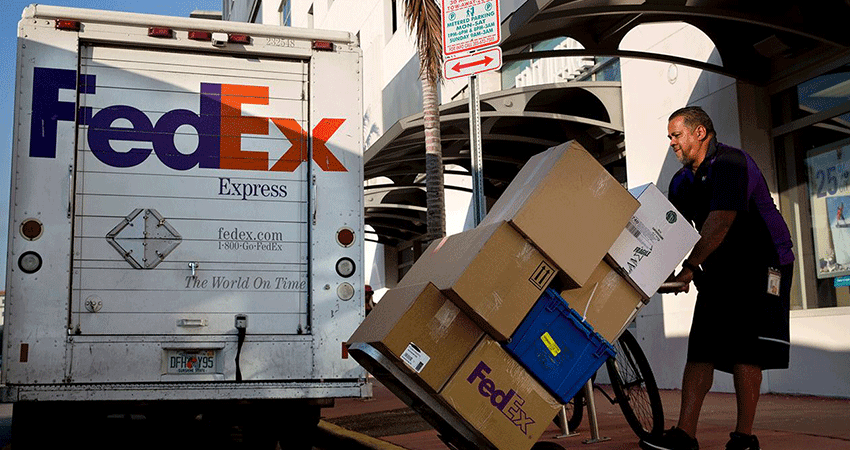A decline in some transit times has resulted in Amazon restricting use of FedEx Ground and Home Delivery for fulfilling Amazon Seller Fulfilled Prime orders, according to the Memphis Commercial Appeal, citing an email to shippers from Amazon.
FedEx acknowledged the delays, saying longer transit times in certain lanes “will provide increased flexibility allowing us to optimize the use of our capacity and best serve the needs of all of our customers during this busy time.” The company added shippers could still use Ground and Home Delivery “if the Prime badge isn’t present.”
Seller Fulfilled Prime (SFP) is a program in which the seller is responsible for shipping orders to customers, unlike Fulfillment By Amazon (FBA), in which Amazon handles shipping. Sellers must maintain a two-day shipping guarantee to remain in the program and maintain their Prime badge.
This is similar to action Amazon took in December 2019, when complaints of late deliveries causing Amazon to temporarily suspend use of FedEx Ground for Prime deliveries; it was lifted in January.
Satish Jindel, founder of ShipMatrix, said FedEx had a 96% on-time rate from Nov. 1-14, compared to 97.2% for UPS and 97.3% for the U.S. Postal Service’s parcel delivery, based on his data. “All three are performing exceptionally well for this time of the year, given the huge surge in demand,” Jindel said.
Todd Benge, Vice President of Parcel Operations for Transportation Insight, said his company had seen performance declines for both UPS and FedEx in recent weeks compared to 2019, adding “FedEx has slipped more than UPS” in on-time performance.
“We see UPS about the same as last year’s days in transit but a point off of their on-time performance,” Benge said. “For FedEx, we’re seeing about .5 more days in transit for delivery and about a 4 point drop in on-time performance. So, UPS is in the mid-90s and FedEx in the low 90s for delivery on time performance.”
Thomas Andersen, a partner and EVP with LJM Group, said clients have been reporting “significant bottlenecks” across the country in terms of carrier operations, but that it’s worse on the west coast.
“It’s a combination of increased demand for ocean and air freight coming from Asia, the rail system being pushed to capacity, truckload and less than truckload getting increased volume, and so forth,” Andersen said of the west coast issues.
Given that carriers are already having a hard time keeping up, “the real struggle” will hit this week, when ecommerce volumes are expected to nearly double, a phenomenon usually reserved for after Cyber Weekend. “The next six weeks will be unlike anything we’ve ever seen,” he said.
Andersen added UPS hitting some enterprise accounts with substantial rate increases has caused some volume shift to FedEx, regional carriers and the USPS. He said both UPS and FedEx have instituted daily volume limits in an effort to manage capacity.
FedEx parted ways with Amazon in 2019 as a business partner, first by letting their joint air freight contract lapse and then the ground service agreement. Most observers said the carrier didn’t like the margin squeeze on its business and decided it could be made up among more profitable ecommerce shippers.

